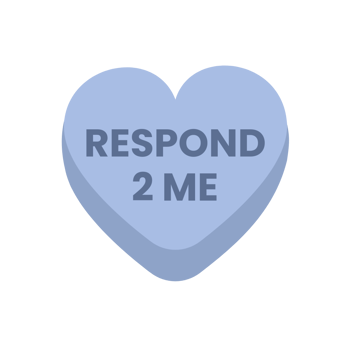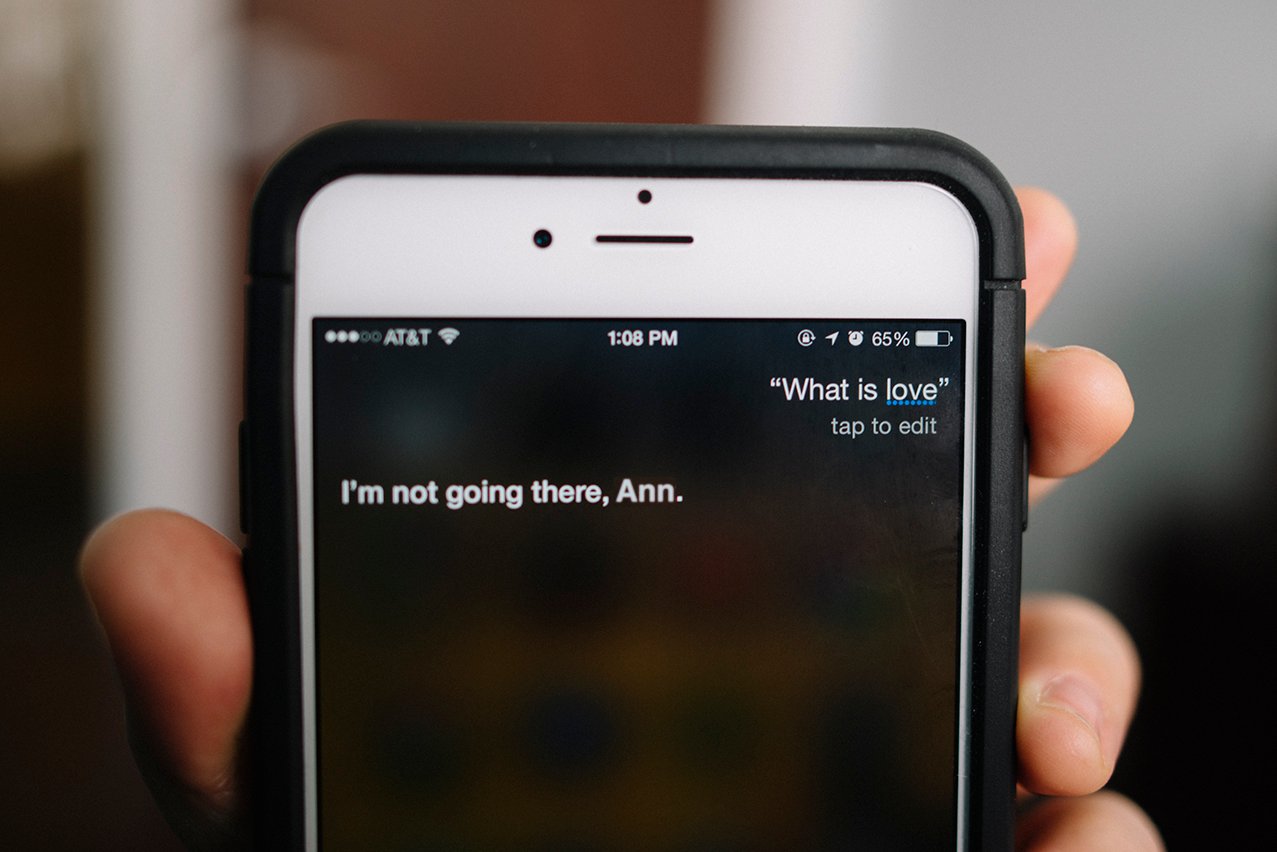Valentine's Day is here and so are the conversation hearts. Have you ever wondered what these messages would look like if written for e-learning designers? Let's take a look!
 |
MMM! can mean all sorts of things. "Ooh, that's good!" "I like that idea!," or even, "Let me think about that..." These ideas might be useful in certain contexts, but in e-learning design, MMM! has a special meaning. The three M's: Meaningful, Memorable, and Motivational! What you do in your design and development matters significantly less if you haven't followed the 3 M's to ensure that the experience:
|
 |
We live in a fast-paced, ever-changing performance environment. Organizations can no longer appease employees with hundreds (or even tens) of hours of formal training. Luckily, in this case, organizational values lead to the same outcomes as instructional values. Online training works better in smaller units allowing for clearer communication, more focused skills, and flexible implementation. Enter MICRO LUV, or microlearning. The goal of microlearning is not only "to be micro," but rather to laser focus on creating new, lasting behaviors and dispensing any distractions. But don't forget! Even micro lessons must provide performance opportunities and sufficient practice. |
 |
These days, online lessons may be played on several different platforms: desktop computers, laptops, tablets, smartphones, maybe even smartwatches. Responsive delivery allows the same piece of content to be delivered seamlessly on a range of devices. This showcases the capability of the authoring tool and advanced platforms and the need for thoughtful design considerations when creating responsive modules. Remember, there’s more to responsive design than just being able to deliver on a certain platform; one has to be able to deliver on a platform and still maintain equal instructional integrity. |
 |
There’s no reason at all that training shouldn’t be enjoyable! Yet, I still encounter modules with regularity that feel like they were created specifically to be adversarial to the student with harsh navigation restrictions, punitive language and feedback, and dull and burdensome writing. As the cognitive learning elements are presented, affective domains (feelings, values, appreciation, enthusiasm, motivation, and attitudes) must be taken seriously. How is the experience bringing delight to the learner? What is the plan for creating positive memories and associations? There’s no reason in the world why training shouldn’t be enjoyable! |
 |
Stories are one of the most effective ways to transfer information. Our earliest records of preserved communication are the stories painted on cave walls. Our most sacred texts originated in stories passed orally from generation to generation. Humans remember stories when they might struggle to remember facts. Stories communicate facts, share values, communicate vision, facilitate imagination, and build connections. Stories demand plot, people, places, and, most importantly, purpose. When all of these elements are combined, communication becomes Meaningful and Memorable. |
 |
What happens when an e-learning module is completed? Often, nothing. Sometimes, there is an immediate posttest (which could be considered just about as good as nothing). Learning a skill takes time, yet so often training is supposed to happen in a 20-minute segment that is never seen or touched again. In truth, a design is incomplete if it doesn’t include a plan for review, spaced practice, delayed evaluation, and integration into workflow. Think about and plan for training events that will support further learning and reinforce behaviors in the days and weeks that follow the initial training. |
 |
We hear about game-based design all the time, and yet it seems there are a relatively small number of instructional games that are both enjoyable to play and productive in terms of learning. Part of the problem is using commercial games as a model. Most games in the marketplace were developed with a much higher level of investment than a learning application will ever justify. Also, commercial game success is measured entirely differently than we ought to measure learning games—a learning game is successful when the player eagerly gives up the game to apply the skills in the real world. |
 |
The most effective designs never come about by just choosing a strategy (perhaps exactly what has been done before) and stuffing new content into it as best as possible. Design must be an experimental endeavor that poses an idea, develops it slightly through a sketch or prototype, and then judges and improves it. Every single idea needs to be challenged at first to discover if it is fit and to identify any weaknesses in how well it will lead to the intended performance outcomes. Holding an idea up to the measure of “Why shouldn’t we do this?” is a potent way to hone your design. |
 |
Passivity is the bane of instructional interactions. It is doubtful that you will create lasting change just through observation. So, you must challenge the learner with frequent performance opportunities. Too often, I see designers spending their primary effort in crafting the perfect presentation through print, images, audio, and video, and then adding trivial recall questions almost as an afterthought. No matter how good a presentation is, it requires little of the learner. Instead, as much as is practicable, the learner experience should be a nearly unbroken sequence of Challenges, providing traditional “content” only when necessary, and preferably, when requested by the learner. |
 |
Most e-learning is bloated with content. Bowing to pressures from SMEs, modules often take the structure of a textbook more than that of an interactive session. Nearly any module I’ve come across is improved by stripping content and words. Ask yourself: Is it related to the specific outcomes at hand? Does it add motivation-enhancing context? Will the learner have an immediate opportunity to apply or practice this information? If the answer is no, the learner is most likely to ignore or forget the information. The inclusion of too many words makes it harder to focus on what is valuable. |
What will your Valentine's Day e-Learning conversation hearts say this year?
-1.png?width=75&height=75&name=Copy%20of%20It%20is%20not%20the%20strongest%20of%20the%20species%20that%20survive%2c%20nor%20the%20most%20intelligent%2c%20but%20the%20one%20most%20responsive%20to%20change%E2%80%99%20(11)-1.png)





Comment